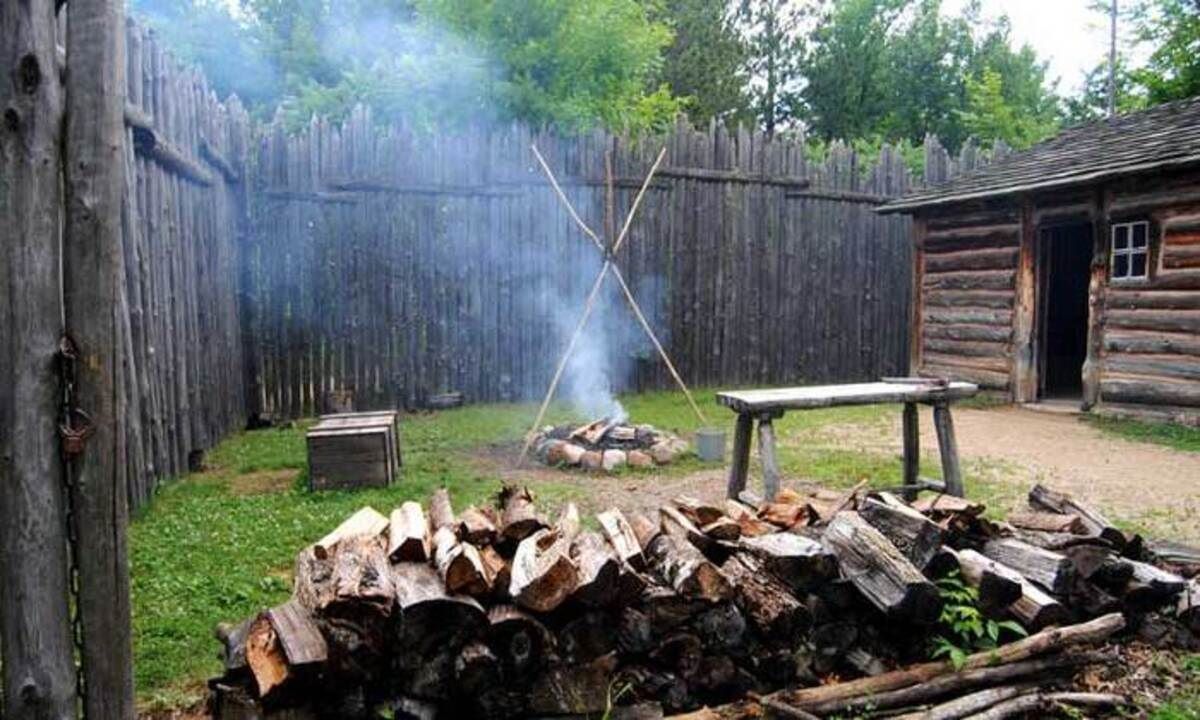Hidden Fur Trading Posts Of The North West Company

Have you ever wondered about the hidden fur trading posts of the North West Company? These secretive spots played a crucial role in the fur trade during the 18th and 19th centuries. Tucked away in remote areas, these posts were bustling hubs of activity. Trappers, traders, and indigenous people gathered to exchange goods, stories, and cultures. The North West Company, a major player in the fur trade, established these posts to compete with the Hudson's Bay Company. Today, many of these locations remain hidden gems, offering a glimpse into a fascinating chapter of history. Ready to uncover their secrets? Let's dive in!
Hidden Fur Trading Posts of the North West Company
The North West Company played a significant role in the fur trade during the late 18th and early 19th centuries. Their trading posts, often located in remote areas, were essential for trading with Indigenous peoples and exploring new territories. Here are some of the lesser-known trading posts that were crucial to their operations.
Fort William
Fort William, located on the shores of Lake Superior, served as a major hub for the North West Company. It was a bustling center where traders, voyageurs, and Indigenous peoples exchanged goods and stories.
- Fort William: This post was a key meeting point for traders coming from the west and east. It facilitated the exchange of furs, supplies, and information, making it a vital link in the fur trade network.
Fort George
Fort George, situated along the Columbia River, was another important trading post. It played a crucial role in the company's expansion into the Pacific Northwest.
- Fort George: Located near present-day Astoria, Oregon, this post was essential for accessing the rich fur resources of the Pacific Northwest. It also served as a base for exploring the region.
Fort Chipewyan
Fort Chipewyan, nestled on the shores of Lake Athabasca, was a strategic location for the North West Company. It provided access to the vast fur resources of the northern territories.
- Fort Chipewyan: This post was a key supply point for traders venturing into the northern wilderness. It also served as a center for trading with Indigenous groups in the area.
Fort Alexandria
Fort Alexandria, located along the Fraser River, was an important post for the North West Company's operations in British Columbia. It facilitated trade with Indigenous peoples and supported exploration efforts.
- Fort Alexandria: This post was crucial for accessing the fur-rich regions of British Columbia. It also played a role in the company's efforts to establish a presence in the area.
Fort Vermilion
Fort Vermilion, situated on the Peace River, was another significant trading post. It provided access to the fur resources of the Peace River region and supported the company's expansion efforts.
- Fort Vermilion: This post was a key location for trading with Indigenous groups in the Peace River area. It also served as a base for exploring the surrounding region.
Fort Dunvegan
Fort Dunvegan, located along the Peace River, was an important post for the North West Company's operations in the western territories. It facilitated trade and supported exploration efforts.
- Fort Dunvegan: This post was crucial for accessing the fur resources of the western territories. It also played a role in the company's efforts to establish a presence in the area.
Fort Kamloops
Fort Kamloops, situated at the confluence of the North and South Thompson Rivers, was a key trading post for the North West Company. It provided access to the fur resources of the interior of British Columbia.
- Fort Kamloops: This post was essential for trading with Indigenous groups in the interior of British Columbia. It also served as a base for exploring the surrounding region.
Fort St. James
Fort St. James, located on the shores of Stuart Lake, was an important post for the North West Company's operations in the northern interior of British Columbia. It facilitated trade and supported exploration efforts.
- Fort St. James: This post was crucial for accessing the fur resources of the northern interior of British Columbia. It also played a role in the company's efforts to establish a presence in the area.
The Legacy of Hidden Fur Trading Posts
Hidden fur trading posts of the North West Company played a crucial role in shaping North America's history. These outposts were more than just trading hubs; they were centers of cultural exchange and economic growth. Trappers, traders, and Indigenous peoples all contributed to the vibrant life at these posts.
Exploring these sites today offers a glimpse into the past, revealing stories of adventure, hardship, and cooperation. Many of these locations have been preserved as historical sites, allowing visitors to step back in time.
Understanding the significance of these hidden posts helps us appreciate the complex history of the fur trade era. They remind us of the diverse interactions that helped build the foundations of modern Canada and the United States. So next time you visit a historical site, remember the hidden fur trading posts that once thrived there.

